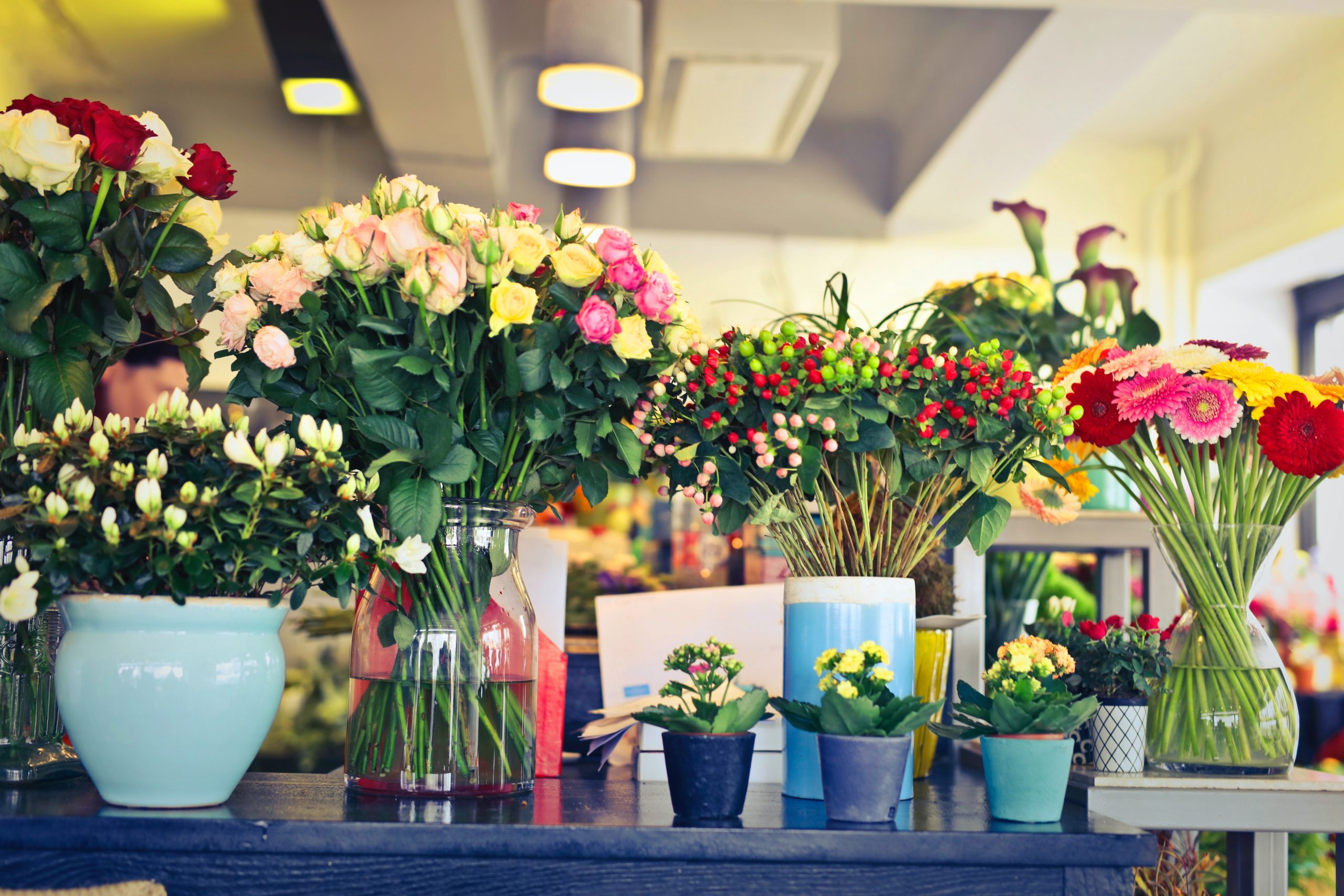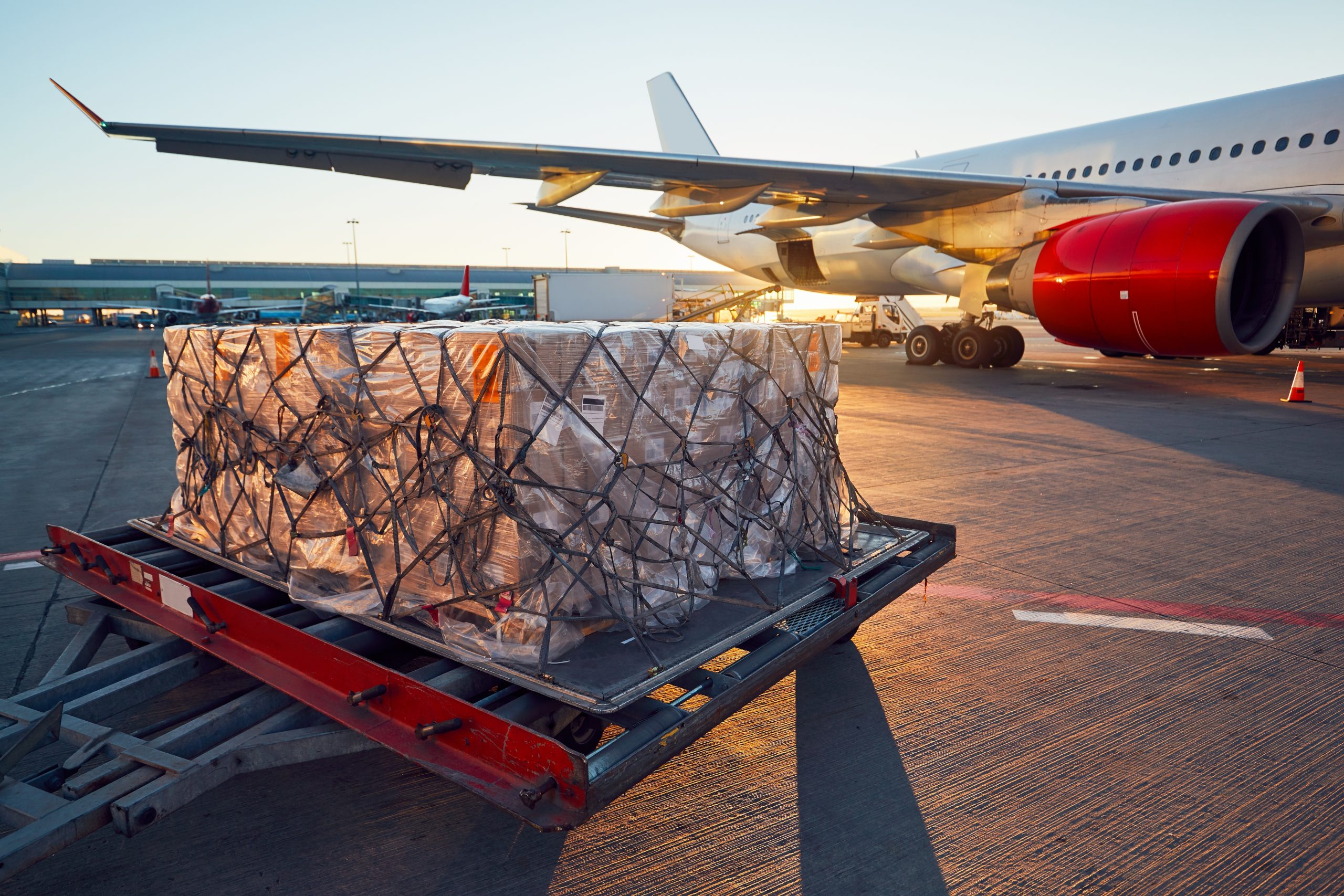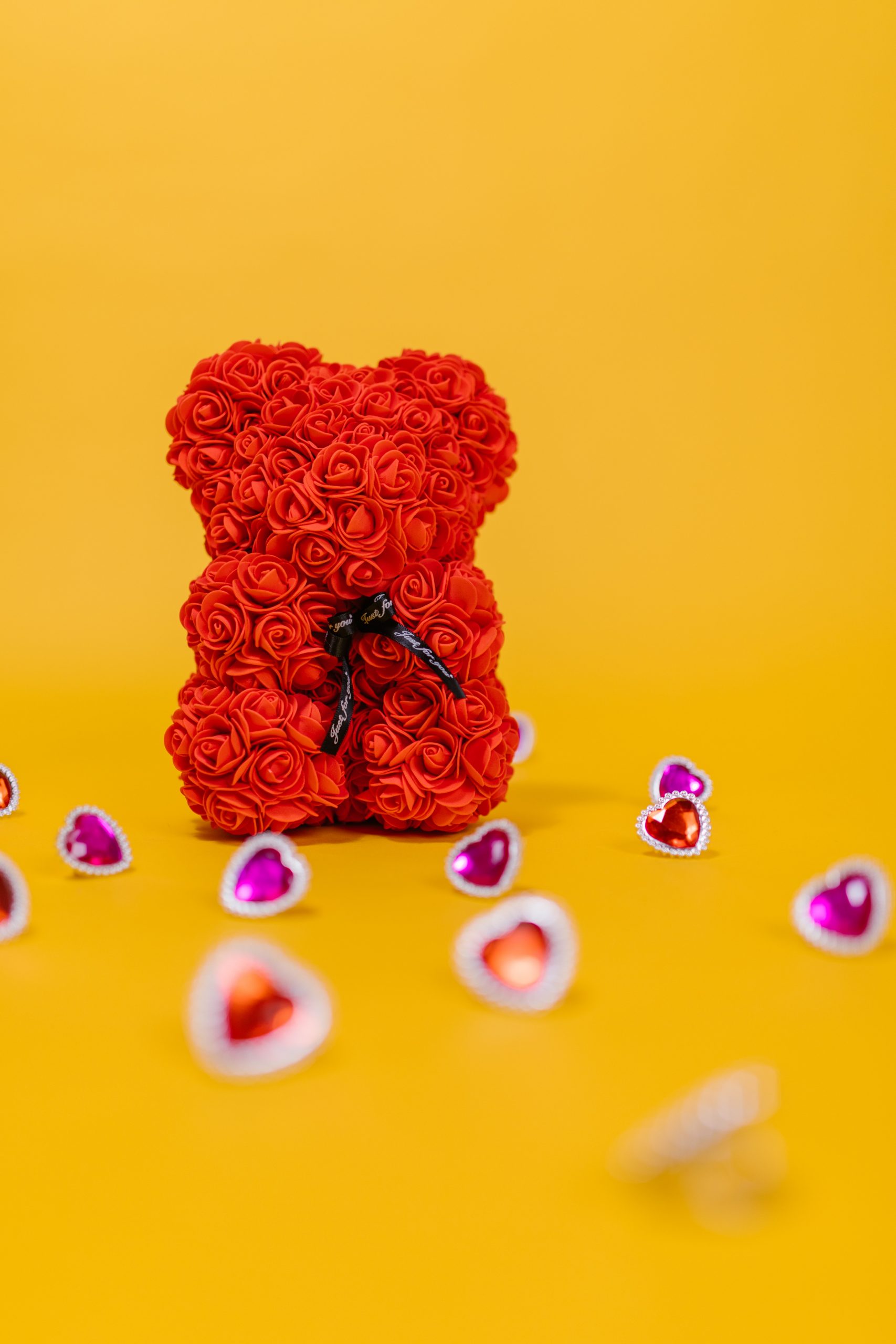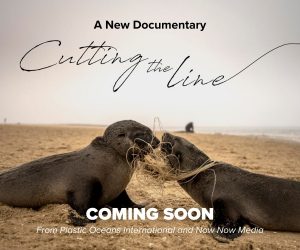A Day of Love… and Garbage?
Valentine’s Day comes from a long tradition that goes back hundreds of years. Sadly, now it’s become the reflection of a consumerist society. It may be classified as a favorite day of many and one of the most celebrated, but what are we celebrating?

Valentine’s Day: Flower shops import tons of flowers from South America
The tradition of celebrating February 14 was born in Ancient Greece where a day was dedicated to Cupid. Offerings were brought to this god of love, to honor his presence and partake of his gifts. However, we have lost the notion regarding taking this holiday hand-in-hand with romantic gestures and we have sunk into banal material desires. Today this governs the holiday and makes it seem empty without their presence.
Love is a highly subjective concept, and we have not yet been taught to see its true potential. We live in a disconnected world. To show love and affection is to give a teddy bear, cut flowers, or other material items. But why do we do it? It’s because of learned custom, of course. We see it, we apply it, we repeat it, and we have continued to do so for years, without thinking about the impact this behaviour has on our environment.

Cargo Plane Loading Flowers.
Valentine’s Day is not in and of itself a bad day, nor how we seek to represent it. But we must take responsibility for how we celebrate and share it with our loved ones.
Here are some facts that you may not know (and that’s okay). February 14, by itself, represents an increase of 9 million kilograms of CO2, plus everything “normally” released into our atmosphere. And there is more.
On this day, it is custom to give stuffed animals, cut flowers such as roses, things wrapped in plastic, balloons, and an infinite number of objects that will remain in our environment between 100-500 years. These objects are often manufactured in developing countries where its production was exploited under a wage lower than the required minimum. All those gifts that, in the store, on the shelf, can look fascinating. They carry with them a production line battered with pain, exhaustion, destruction and more.

Valentine’s Day: Styrofoam Rose Bear.
If you are going to give away any of these customary gifts, think twice, for yourself and for the planet:
- Balloons: Take 450 years to degrade (read our blog HERE about balloons)
- Straws and plastic bags: Take about 500 years to degrade
- Single-use plastic cups (coffee?): Take 400-450 years to degrade
- Glitter or small decorations: They are microplastics and remain in the environment for hundreds of years
- Cut flowers: Their production is one of the most polluting, since many are imported from their country of origin, and grow in greenhouses heated by natural gas, releasing thousands of kilograms of CO2.
Celebrating and dedicating a day to love, in all its infinite forms that it has to manifest, is not bad. On the contrary, we should do it every day of the year. However, we have to start taking responsibility for our actions, for our investments, and for our well-meaning ignorance. Love is so vast and wide that we must take advantage of this, because to demonstrate it, it does not have to be complex, much less expensive.

Glitter – prefabricated microplastics.
Be part of this day by giving experiences in nature. If you want to give clothes make sure they are locally sourced, and of natural and ethical production. If you want to give flowers then give pots with life and not samples of dead matter. Use your imagination and create something new, write a song, or make a video. Do not be part of a selfless gift of materialism, instead opt for one flooded with possibilities.
There is an infinite range of alternatives to having a healthy, green, and loving Valentine’s Day for your loved ones and the planet. You can make a change in your actions, in each of the festivities that you enjoy so much, a change aimed at sharing it with the world and not just with you.
Susana Argüelles is the Communications Coordinator for Plastic Oceans Mexico. She is a lover of the oceans, surfing, and diving. Since she was little she has dedicated her life to the preservation of the environment. She has participated in United Nations modules in Mexico and New York.

